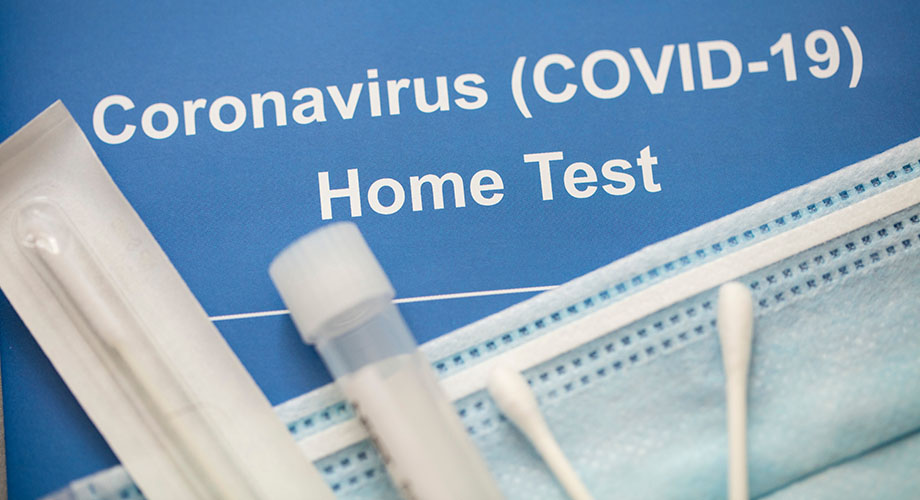
At least 1 in 3 people infected with COVID-19 never develop symptoms, according to new analysis
Findings suggest COVID-19 testing should be expanded to those without symptoms who may be unknowingly spreading the virus.
January 22, 2021
LA JOLLA, CA—A new data analysis including more than 1.8 million people confirms that asymptomatic infections of the SARS-CoV-2 virus are a major portion of COVID-19’s global footprint, representing at least a third of cases.
The findings, published today in Annals of Internal Medicine, build on the authors’ prior review of more limited data sets in June 2020, which also found that a significant proportion of SARS-CoV-2 infections did not produce symptoms.
In the new report, Scripps Research’s Eric Topol, MD, and Daniel Oran once again dig into the data, this time reviewing a much larger set of 61 studies and reports from around the world—including two massive serosurveys in England and Spain that tested the presence of SARS-CoV-2 antibodies in hundreds of thousands of people. In both of those studies, about one-third of the individuals were shown to have had the virus but never experienced symptoms.
“The biggest implication of this is that we need to test far more widely and frequently, and not confined to people with symptoms,” says Topol, founder and director of the Scripps Research Translational Institute and professor of Molecular Medicine at Scripps Research. “We need to urgently get rapid home antigen tests to every household for daily use.”
Inexpensive, at-home testing would also help identify those who are presymptomatic, which means they have not yet developed symptoms. About half of all new infections are believed to be caused by people who are either presymptomatic or asymptomatic.
“Another implication of our review is that we need to figure out how effective vaccines are in preventing asymptomatic infection,” says Oran, a member of the digital medicine group at Scripps Research Translational Institute. “Early data are encouraging, but we still have a lot more to learn.”
The authors note that it was just about one year ago—on January 24, 2020—that the first asymptomatic case of COVID-19 was documented, but largely ignored.
“Now we know with certainty that asymptomatic infection is a notable feature of SARS-CoV-2 ,” Topol says. “It’s time that we translate this knowledge into smarter testing practices that will help to bring COVID-19 under control.”
Video: Eric Topol and Danny Oran discuss asymptomatic COVID-19
For more information, contact press@scripps.edu

